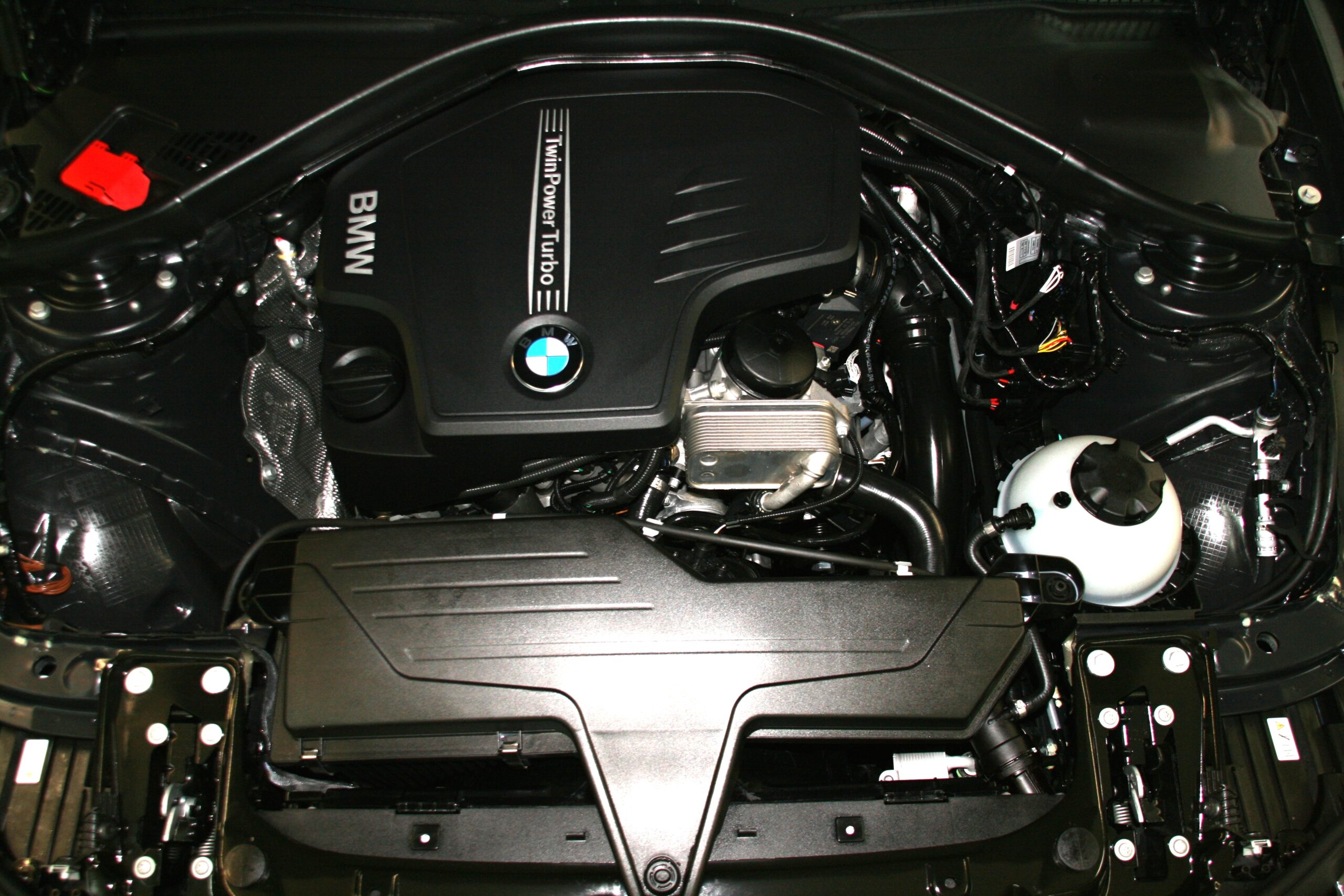Post COVID workshops are very different from what we are used to. We are not just busy – we are operating at over capacity with no relief in sight. This is a good thing, right? Unfortunately, we are also suffering the effects of a skills shortage. Some of our older technicians have decided to leave the industry or move into non-technical positions, leaving a vacuum for junior technicians to fill. Still good right? We have plenty of those trained up and ready to rock, don’t we?………..
So, we can be excused for picking the cream jobs to repair and are very guilty of sending slightly harder ones down the road. One such example was an AUDI Q7 presented for a diagnostic by a new customer.
The customer had been referred because their regular shop was too busy and was only taking service work. Because we are very cautious taking new customers this complaint could have also been onboarded to another repairer – but we took the chance.
The customer complained of an engine rattle just after starting on their 4LB 3.0litre diesel. It would come and go – but happened often when cold. Having a European vehicle service technician in house would be the perfect scenario in this situation, as they would no doubt look at this vehicle, shake their head and pronounce a timing chain tensioner failure.
And half the time they would be correct. For anybody unfamiliar with VAG engineers, be aware and take heed – these people are a little different to their Japanese counterpart. For instance, the timing chains on these engines are at the rear of the engine. They hide behind a cover that sits in front of the drive plate and torque converter assembly.
Accessing requires the engine and transmission to be lowered from the underside as a common entity, then split once removed. It is then a simple process of stripping, cleaning parts and replacing tensioners and chains as a set. Roughly 21 hours labour if all goes well.
This ties the hoist up for three solid days. That is a lot of service work that is not being performed. Remember – the hoist needs to generate profit for the shop as well as the technicians. If the hoist is sitting idle with a dead vehicle on it there is no income from that work bay.
So, you can see why most shops would turn this job away in favour of easier work.
Before this decision is made, we need to look at the percentage of cam chain tensioner failures causing this problem. There is another 50% not accounted for.
The oil pump on these vehicles is controlled by the engine management system, and like all other outputs there are learned values and adaptions or trims – for oil flow, and pressure control.
Resetting these parameters is done by simply disconnecting the oil pressure sensor with the ignition key off, then starting the engine and running it for several minutes. Engine speed can be varied during this time.
Switch the engine off and reconnect the oil pressure sensor. Restart the engine and listen for a rattle. If the noise has gone, then job done – easy fix. If not, we need to check and clear all fault codes and then perform any software updates if available. The minimum for this vehicle is: OE 01A209.
If this does not rectify the fault, then the chains and tensioner need renewing.
Image: Vauxford, CC BY-SA 4.0 https://creativecommons.org/licenses/by-sa/4.0, via Wikimedia Commons



